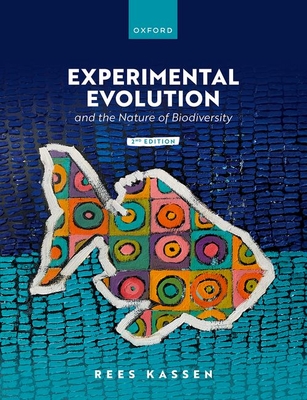
description
the origin and fate of biodiversity is the central goal of modern biology. The first edition (2014) of this novel textbook drew on more than two decades of research in microbial experimental evolution to provide a sketch of a general, empirically grounded theory of biodiversity and the first synthetic treatment of experimental evolution. It has since become an indispensable resource to research laboratories around the world as an essential introduction to the field. However, the science has moved on considerably over the last decade and an updated and expanded treatment of the subject is now timely. Three developments bearing directly on the issue of the nature of biodiversity now deserve particular attention and inclusion: (1) The introduction of high-throughput tools to capture the detailed dynamics of genetic variation are revealing that adaptation is a far more complex process than previously anticipated; (2) A rapidly expanding literature on adaptation and diversification in the kinds of physically complex, multispecies assemblages thought to characterize natural communities; and (3) A growing literature on the evolution of novelty and innovation that takes advantage of the unique features of microbial evolution experiments to study both the ecology and genetics of this process. In this second edition the author updates existing analyses with more recent work, expands on existing chapters to include the most important new ideas, and incorporates three new chapters (parallel and convergent evolution; the evolution of novelty and innovation; coevolution), detailing their respective contributions to our improved understanding of adaptation and diversification. Experimental Evolution and the Nature of Biodiversity is an accessible, upper level textbook aimed principally at graduate students and practising researchers interested in the evolution of biodiversity, particularly through the lens of experimental evolution.
member goods
No member items were found under this heading.
listens & views

LES PLUS GRANDS MOMENTS DE ...
by MARCEL MERKES AND PAULETTE MERVAL
COMPACT DISCout of stock
$31.99
Return Policy
All sales are final
Shipping
No special shipping considerations available.
Shipping fees determined at checkout.






